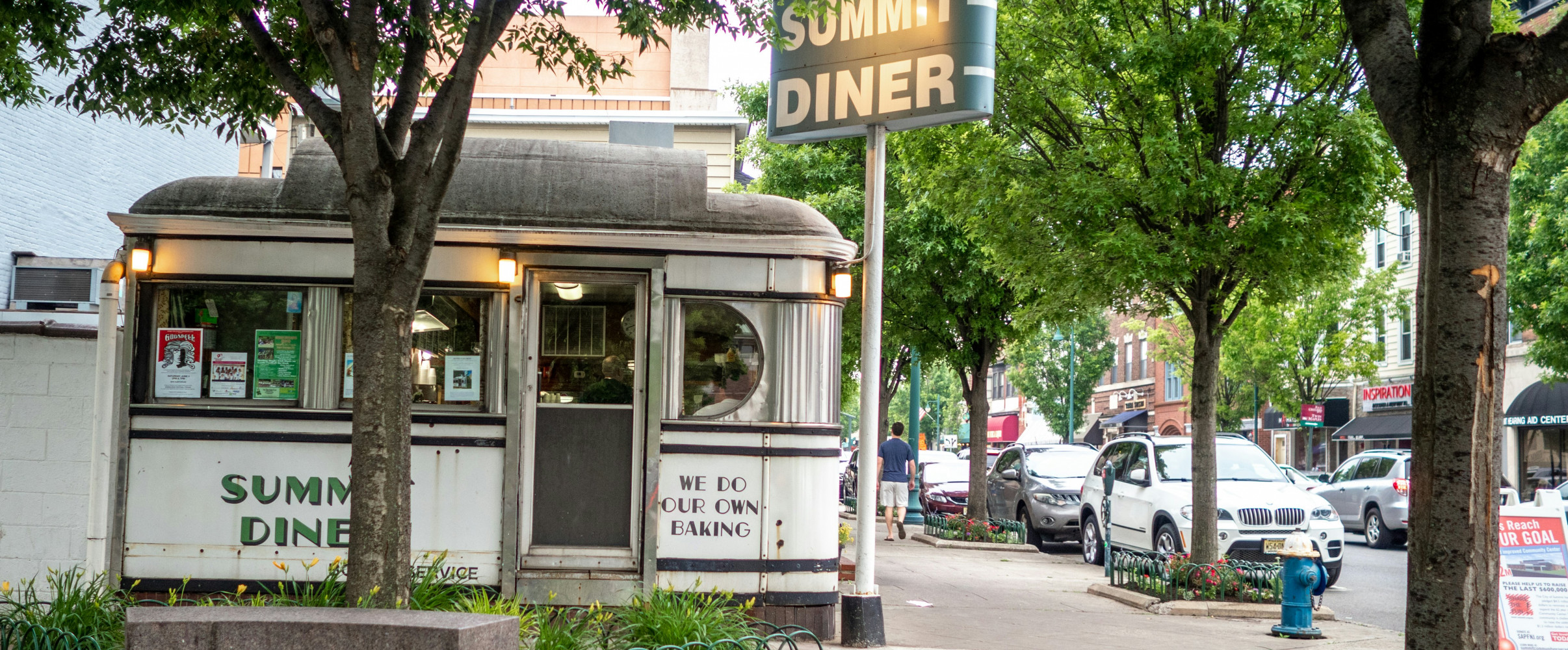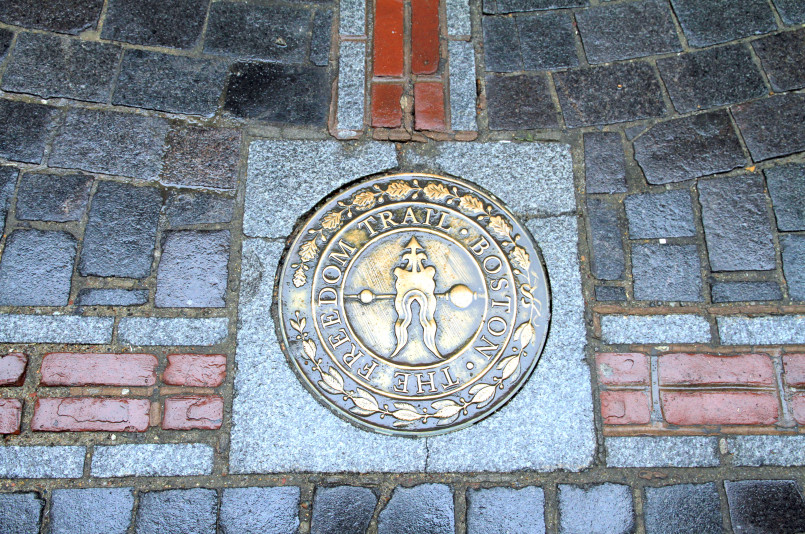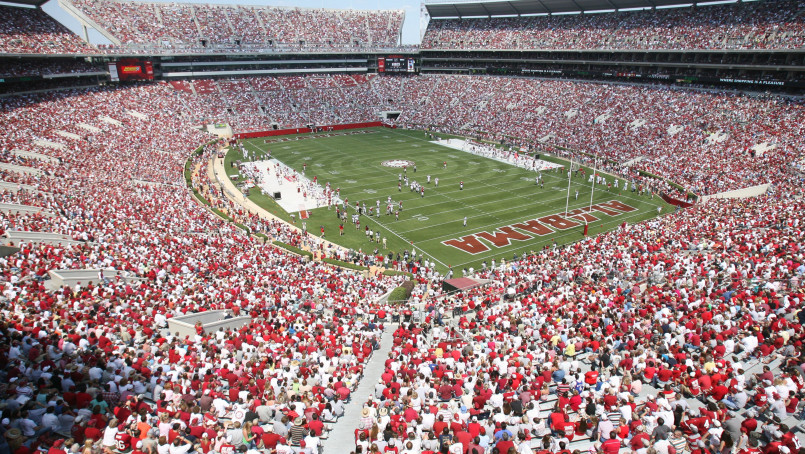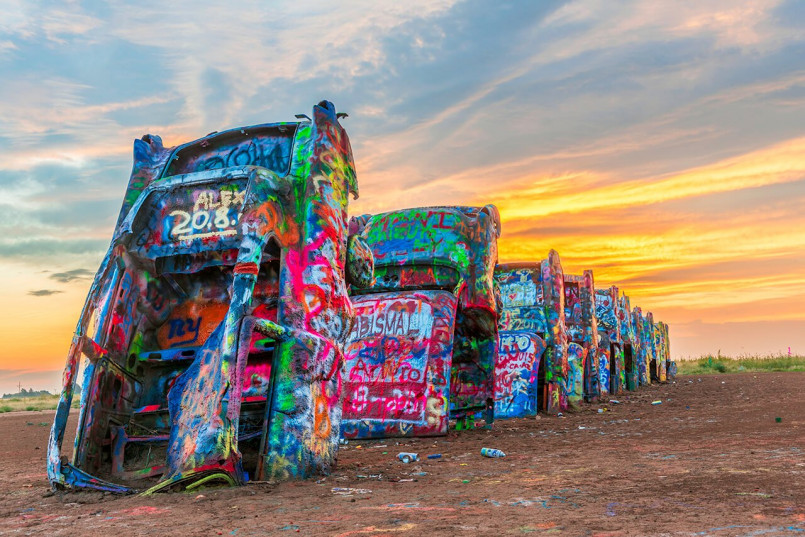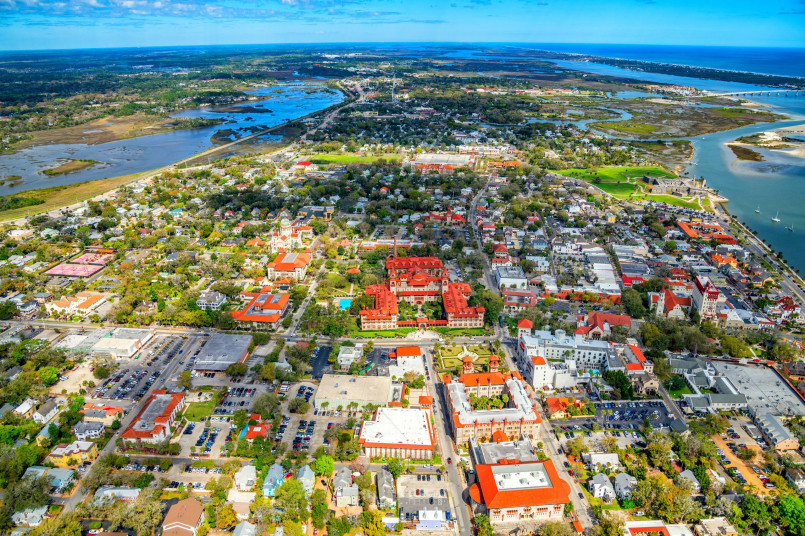New Jersey hosts over 600 diners-more per capita than any other state. This unique concentration stems from a perfect storm of factors: the state's early diner manufacturing industry, strategic location along travel corridors, immigrant entrepreneurship, and a distinct dining culture that has made these shiny eateries iconic symbols of New Jersey identity.
Gleaming stainless steel exteriors, neon signs, expansive menus, and 24-hour service-these are the hallmarks of the classic American diner. While diners exist throughout the United States, nowhere are they more concentrated than in New Jersey, where over 600 of these iconic eateries dot the landscape. The Garden State's reputation as the diner capital of the world is well-earned, but many wonder: why did New Jersey, of all places, become the epicenter of diner culture?
This isn't merely a coincidence but rather the result of a unique convergence of historical, geographical, and cultural factors that created the perfect conditions for diners to thrive. From manufacturing innovations to immigrant entrepreneurship, New Jersey's diner dominance tells a fascinating story about American ingenuity, mobility, and community.
New Jersey: The Diner Capital of the World
New Jersey boasts more diners per capita than any other state in America. With approximately 600+ diners across its relatively small geographic footprint, the density is remarkable. To put this in perspective, you can find a diner in virtually every town across the state, from the urban centers near New York City to the rural landscapes of southern New Jersey.
These aren't just restaurants-they're cultural institutions. Many have served their communities for decades, becoming landmarks in their own right. Iconic establishments like the Tick Tock Diner in Clifton, the Mastoris Diner in Bordentown, and the Roadside Diner in Wall Township have achieved legendary status among both locals and visitors.
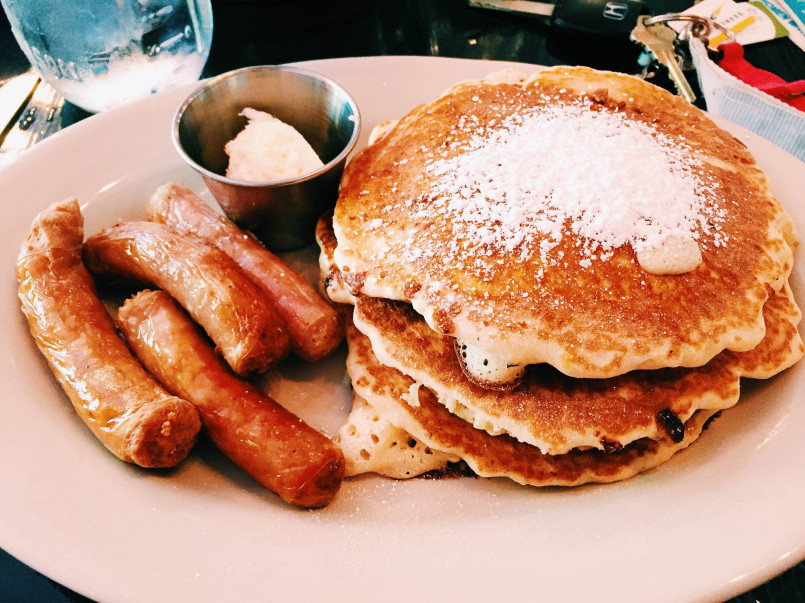
The Manufacturing Legacy That Started It All
Perhaps the most significant reason for New Jersey's diner dominance stems from its industrial history. In the early 20th century, New Jersey became the epicenter of diner manufacturing. Companies like Kullman Industries, Fodero Dining Car Company, Mountain View Diners, and the O'Mahony Diner Company all set up shop in the Garden State.
These manufacturers specialized in prefabricated dining cars-complete restaurants that could be built in a factory and transported to their final location. Jerry O'Mahony's company, founded in Bayonne in 1913, pioneered the modern diner design and claimed to be "the world's most experienced builder of diners." Between 1917 and 1952, the company constructed over 2,000 diners, many of which remained in New Jersey.
With diner factories right in their backyard, New Jersey entrepreneurs had easy access to these turnkey businesses without the logistical challenges and transportation costs faced by those in other states. This manufacturing advantage gave the state a head start in the diner business that it never relinquished.
The Perfect Location for Travelers and Commuters
Geography played a crucial role in New Jersey's diner boom. Situated between New York City and Philadelphia, New Jersey became a major transportation corridor with numerous highways and roads connecting these urban centers.
As automobile travel increased in the early to mid-20th century, diners-with their distinctive, eye-catching designs-proved to be perfect roadside attractions for hungry travelers. The New Jersey Turnpike and Garden State Parkway, both constructed in the 1950s, further cemented the state's status as a major thoroughfare, creating even more opportunities for diners to serve weary motorists.
Additionally, New Jersey's position as a commuter state meant there was constant traffic between residential areas and workplaces at all hours. Diners, with their 24-hour service model, were perfectly positioned to serve shift workers, early-morning commuters, and late-night travelers when other eating establishments were closed.

Immigrant Entrepreneurs and the Diner Dream
Another critical factor in New Jersey's diner story is the role of immigrant entrepreneurs, particularly those from Greece. After World War II, Greek immigrants arrived in America seeking opportunity, and many found it in the diner business. The diner represented an achievable version of the American Dream-a business with relatively low startup costs that required hard work rather than advanced education.
Greek families brought their culinary traditions and work ethic to these establishments, expanding menus beyond typical American fare and often involving multiple family members in operations. This familial approach allowed diners to offer extensive menus and long operating hours while keeping costs manageable.
New Jersey, with its existing diner infrastructure and proximity to ports of entry like New York, became a natural destination for these entrepreneurs. The Greek influence on New Jersey diners remains evident today-from spanakopita and Greek salads on menus to the multi-generational family ownership of many establishments.
Diner Culture and New Jersey Identity
Over time, diners became deeply interwoven with New Jersey's cultural identity. They evolved into community gathering spaces where people from all walks of life could meet, eat, and socialize. Unlike more formal restaurants, diners offered accessibility and affordability that appealed to New Jersey's diverse, working-class population.
Pop culture has reinforced this connection. The opening credits of "The Sopranos" featured Tony Soprano driving past New Jersey diners. Films like "Garden State" and "Jersey Girl" used diners as quintessentially New Jersey settings. This cultural representation further cemented the diner's place in New Jersey's identity and made preserving diner culture a point of state pride.
New Jersey residents developed unique diner traditions, like late-night visits after concerts or sporting events, post-prom gatherings, and Sunday morning family breakfasts. The phrase "disco fries"-New Jersey's version of poutine with gravy and melted cheese on French fries-originated in the state's diners as late-night comfort food for patrons coming from nightclubs.
The Architectural Evolution of NJ Diners
The physical appearance of New Jersey diners tells a story of American design evolution. The earliest diners resembled dining cars on trains-narrow, rectangular structures with limited seating. As demand grew, manufacturers developed larger models with more seating capacity and distinctive styling.
The Art Deco era of the 1930s and 1940s introduced streamlined designs with curved corners, chrome detailing, and vibrant colors. The 1950s and 1960s brought the Space Age aesthetic, with starburst patterns, neon lighting, and futuristic elements that captured the optimism of post-war America.
Many New Jersey diners preserve these vintage architectural elements, making them living museums of American commercial design. Others have updated their exteriors while maintaining interior elements that connect to their historical roots. This blend of preservation and adaptation has allowed New Jersey diners to maintain their distinctive character while evolving with changing tastes.
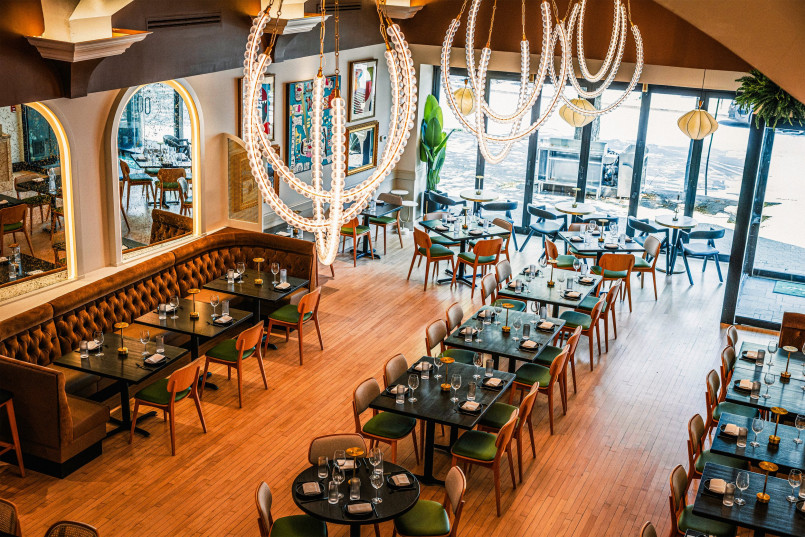
Surviving in Changing Times
While many classic diners continue to thrive in New Jersey, the industry has faced challenges from changing dining habits, competition from fast-food chains, and rising real estate values. However, the adaptability that has always characterized diners has helped many survive.
Many New Jersey diners have updated their menus to include healthier options, craft beers, and locally sourced ingredients while maintaining their core identity. Some have embraced their retro appeal, attracting tourists and younger generations seeking authentic experiences. Others have become more upscale, offering sophisticated dishes alongside traditional diner fare.
The COVID-19 pandemic posed significant challenges, but many diners pivoted to takeout and delivery services. The strong community connections these establishments have built over decades helped sustain them during difficult times.
Today, New Jersey's diner tradition continues to evolve. New establishments that blend diner aesthetics with contemporary dining trends open alongside historic diners that have served their communities for generations. This blend of nostalgia and innovation ensures that New Jersey will likely remain the diner capital of the world for years to come.
Frequently Asked Questions About The Fascinating History Behind New Jersey's 600+ Iconic Diners
How many diners are there in New Jersey?
New Jersey is home to more than 600 diners, giving it the highest concentration of diners per capita in the United States. This number has fluctuated over the decades but has remained consistently higher than any other state.
Why did Greek immigrants specifically get involved in the diner business?
Greek immigrants were drawn to the diner business because it offered a path to entrepreneurship without requiring advanced education or enormous capital. The business model allowed extended families to work together, with family members taking different shifts to keep diners open 24 hours. Additionally, the food service industry allowed them to incorporate aspects of their culinary heritage while adapting to American tastes.
What makes a New Jersey diner different from diners in other states?
New Jersey diners typically feature more extensive menus than those in other states, often with 10+ pages offering everything from breakfast to Italian, Greek, and American classics. They're more likely to be open 24 hours, serve alcohol (many have liquor licenses), and have authentic vintage architecture. Many NJ diners also serve region-specific items like disco fries, pork roll/Taylor ham, and Italian specialties reflecting the state's demographic makeup.
Are diners still being manufactured in New Jersey today?
Most of the original diner manufacturers like Jerry O'Mahony, Kullman, and Fodero have gone out of business. However, some companies like Starlite Diners (formerly Paramount) continue the tradition on a smaller scale. Modern diners are often built on-site rather than prefabricated, though they may incorporate design elements that reference classic diner aesthetics.
What's the future of New Jersey diners as eating habits change?
Many New Jersey diners are adapting to changing tastes by incorporating healthier menu options, craft beverages, locally sourced ingredients, and expanded ethnic offerings while maintaining their traditional appeal. Some have embraced their retro charm as a selling point, attracting younger generations interested in authentic experiences. While some historic diners have closed, new establishments continue to open, often blending classic diner elements with contemporary restaurant trends.
What's the best time to visit a New Jersey diner?
New Jersey diners shine at different times: weekend breakfast/brunch offers the most authentic experience with diverse crowds and bustling atmosphere; late night (after 11pm) provides the classic post-entertainment diner experience; and the 3-5pm period is perfect for enjoying the space with fewer crowds. Each diner has its own peak times based on location and community patterns.
